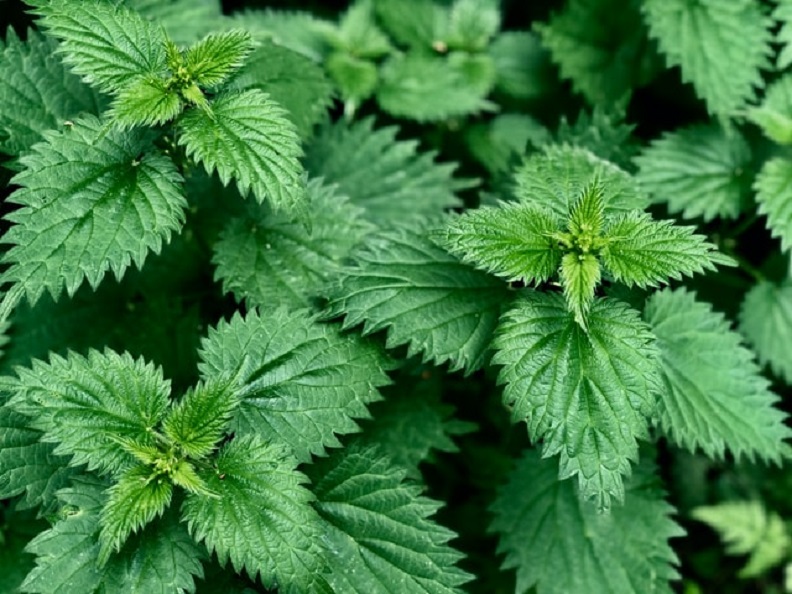Investigating leaf adaptations – why do nettles sting?
Resource
In this activity, students investigate a selection of plant leaves to discover how they are adapted to deter herbivores, looking specifically at stinging nettles and docks.
Stinging nettles have developed stinging cells as an adaptation to deter herbivores from eating them. The plants contain long, thin, hollow hairs that cover the majority of the stem and the underside of the leaves. Nettle stings contain acid (formic acid) but they also contain histamine and other chemicals. The exact details are still unknown but it is the histamine that causes the initial reaction when you are stung.
Dock leaf sap contains a natural antihistamine, which helps to ease the stinging sensation. The dock leaves themselves contain oxalic acid, which deters herbivores from eating them.
The resource is divided into three parts. In Part 1, students look at a range of leaves (either in the form of photographs or the leaves themselves) and identify the most obvious adaptations. In Part 2, the students investigate the pH of various leaves. Finally, in Part 3, students use Universal Indicator paper to identify the pH of nettle stings, and compare this with the pH of the dock saps